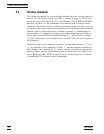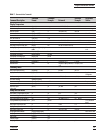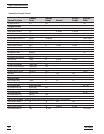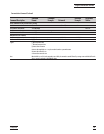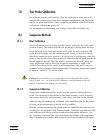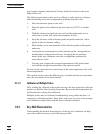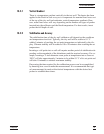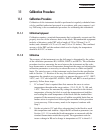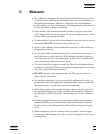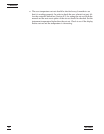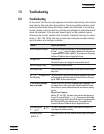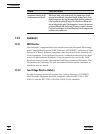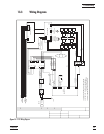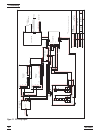
to 1. For example, if the block temperature is high by 0.1°C at 0°C then
decrease R0 by 0.04.
3. Set the set-point to 100°C and allow adequate time for the block to
reach this temperature and stabilize. Adjust the ALPHA calibration pa
-
rameter (see Section 8.11.1.2) to make the block temperature as mea
-
sured with the standard thermometer match the set-point. The
approximate ratio between a change in ALPHA and a change in tem
-
perature at 100°C is about 0.00004 to 1. For example, if the block tem
-
perature is high by 0.1°C at 100°C then decrease ALPHA by 0.000004.
4. Set the set-point to 140°C and allow adequate time for the block to
reach this temperature and stabilize. Adjust the DELTA calibration pa
-
rameter (see Section 8.11.1.3) to make the block temperature as mea
-
sured with the standard thermometer match the set-point. The
approximate ratio between a change in DELTA and a change in temper
-
ature at 140°C is about -1.7 to 1. For example, if the block temperature
is high by 0.1°C at 50°C then increase DELTA by 0.17.
5. Set the set-point to –25°C and allow adequate time for the block to
reach this temperature and stabilize. Adjust the BETA calibration pa-
rameter (see Section 8.11.1.4) to make the block temperature as mea-
sured with the standard thermometer match the set-point. The
approximate ratio between a change in BETA and a change in tempera-
ture at –25°C is about -50 to 1. For example, if the block temperature is
high by 0.1°C at –25°C then increase BETA by 5.0.
6. Repeat Step 1 to ensure the instrument is now accurate throughout the
full range.
56 Hart Scientific
11 Calibration Procedure




